

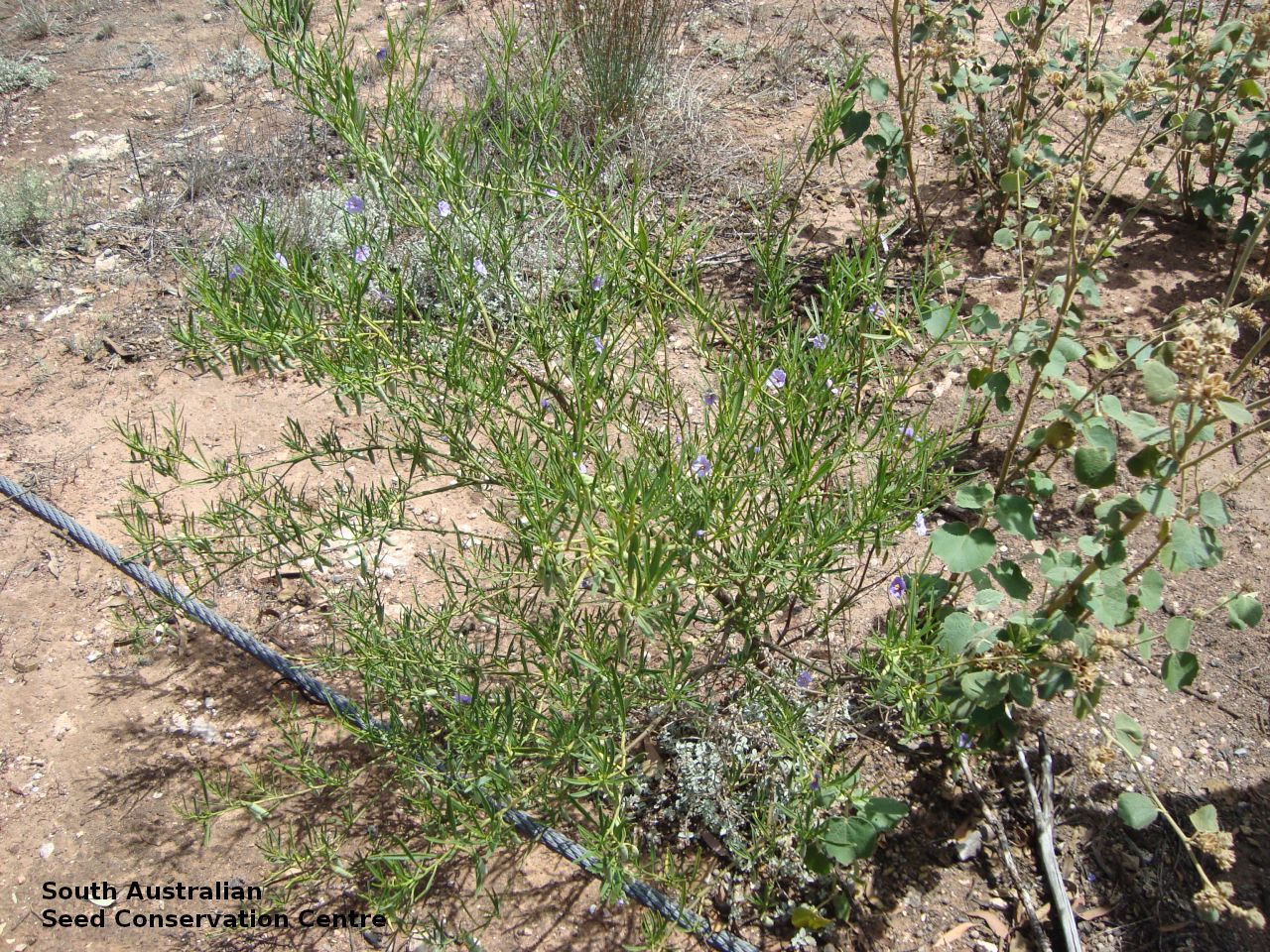
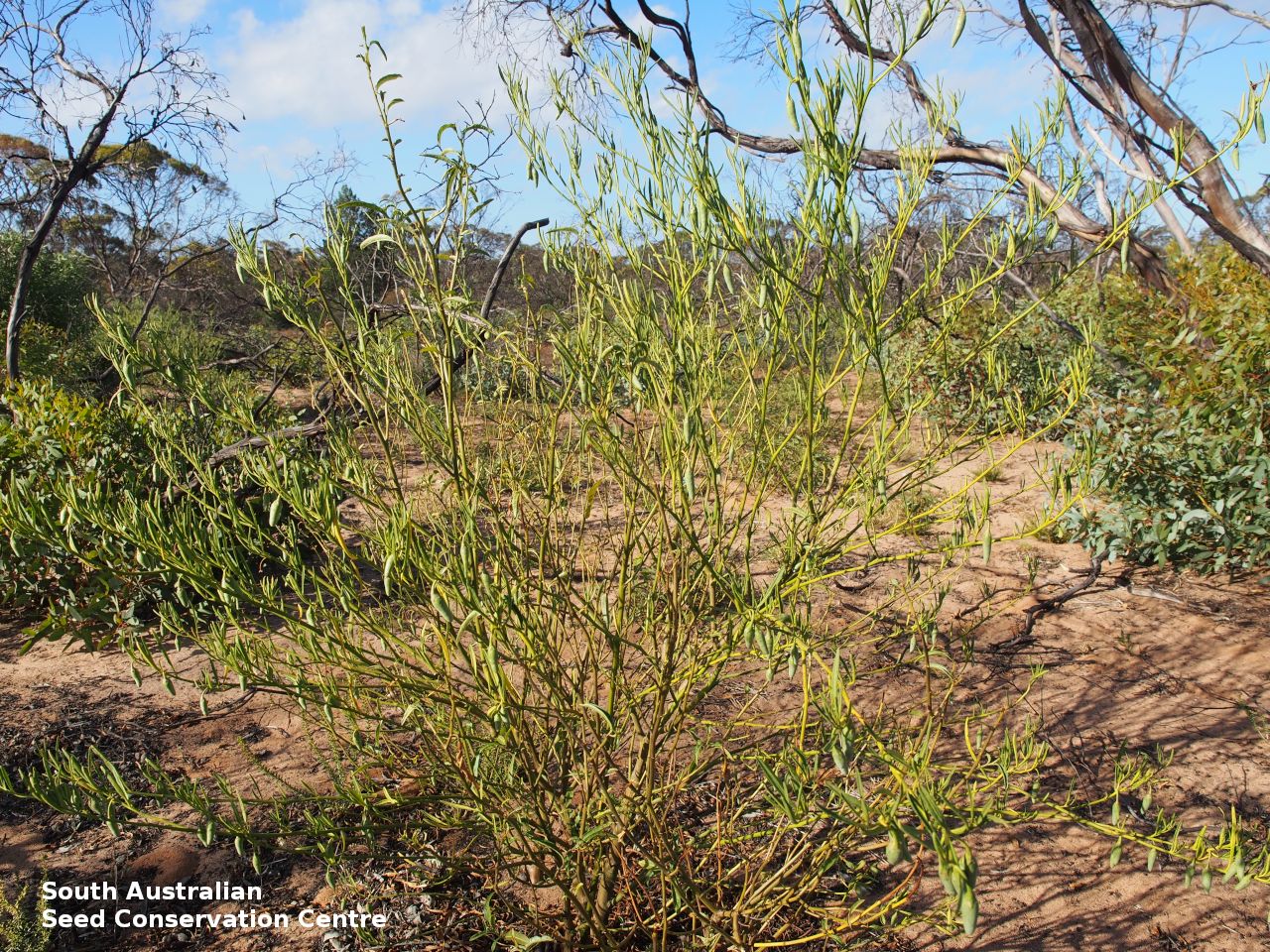

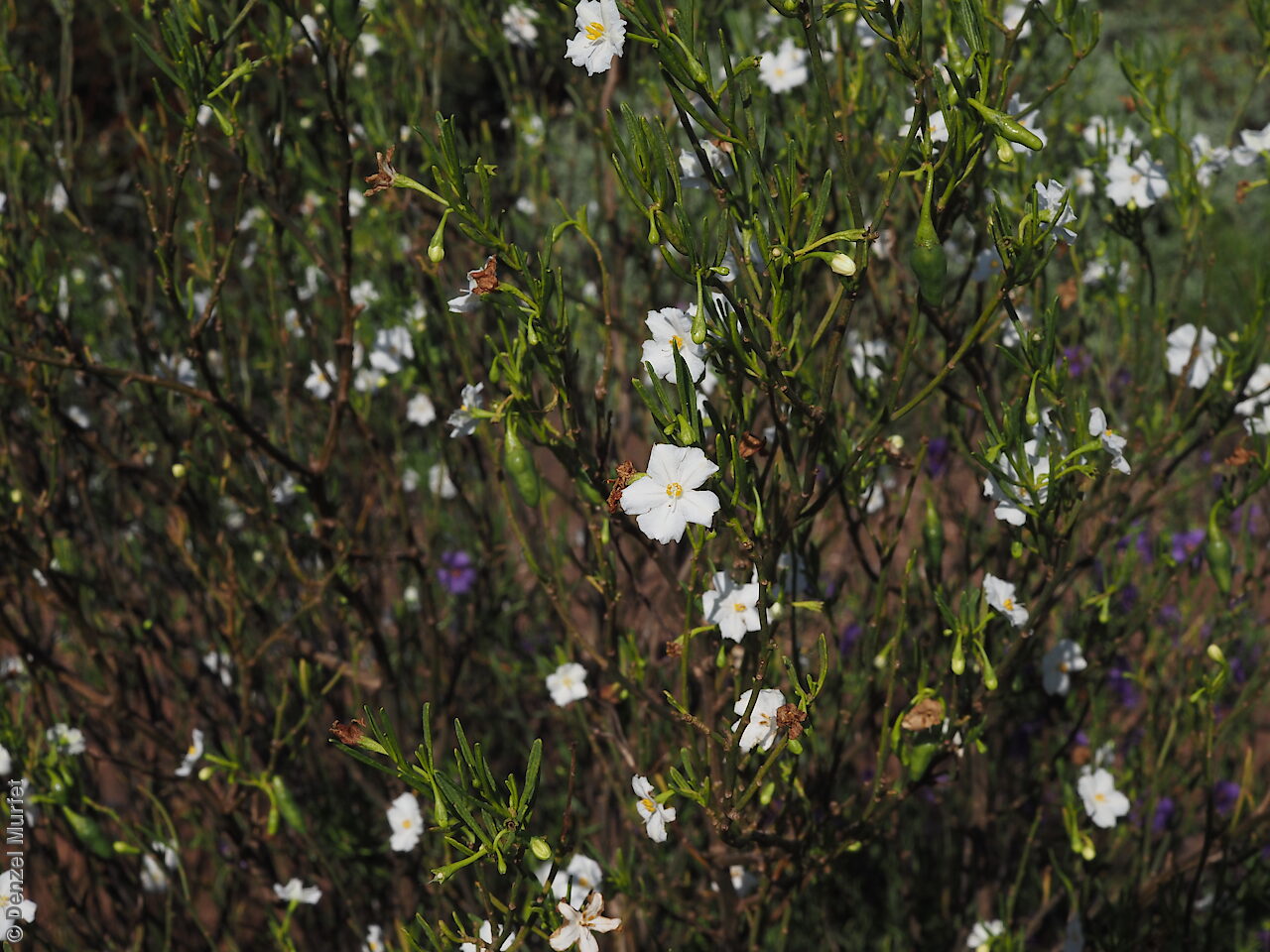
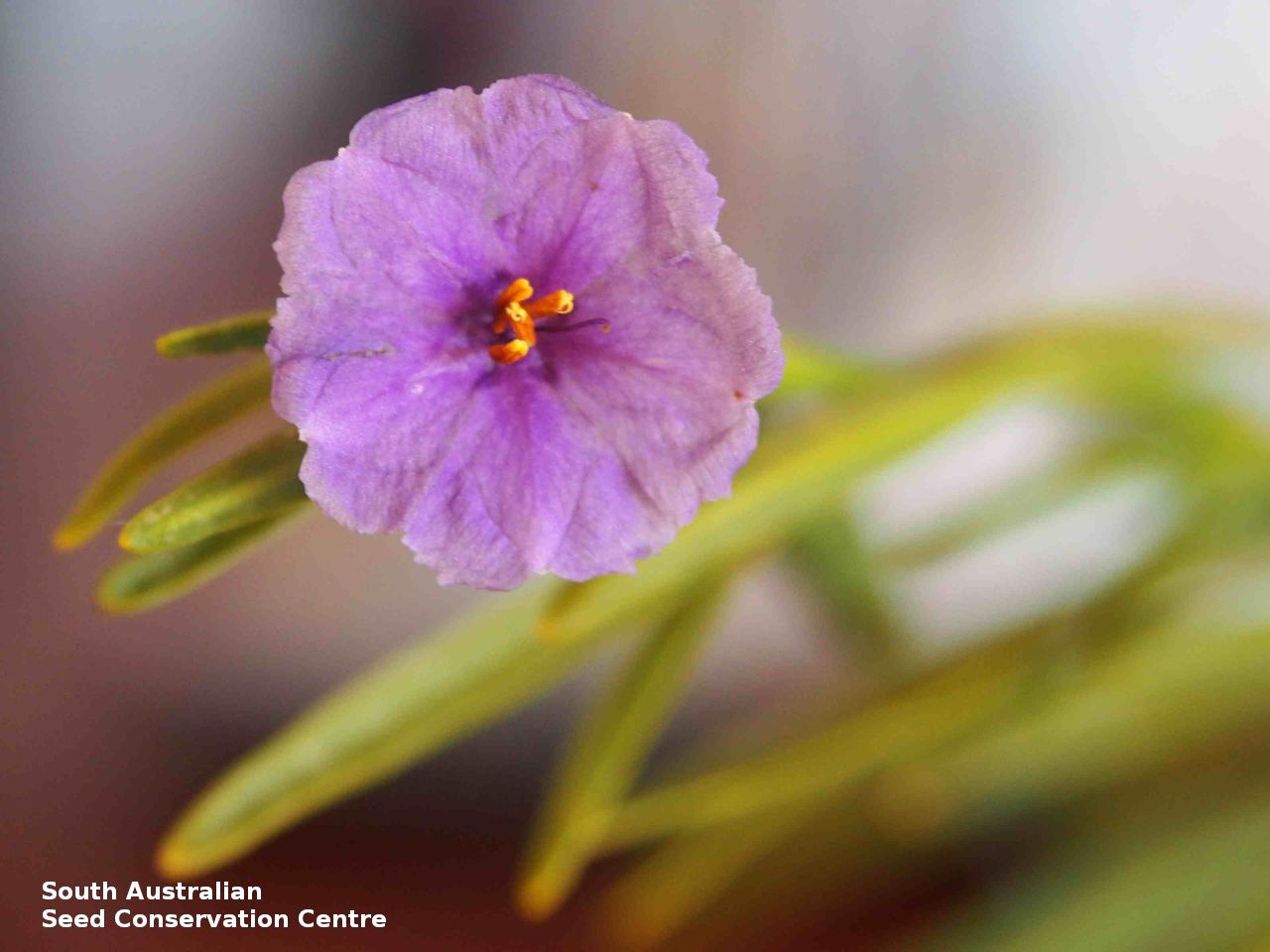
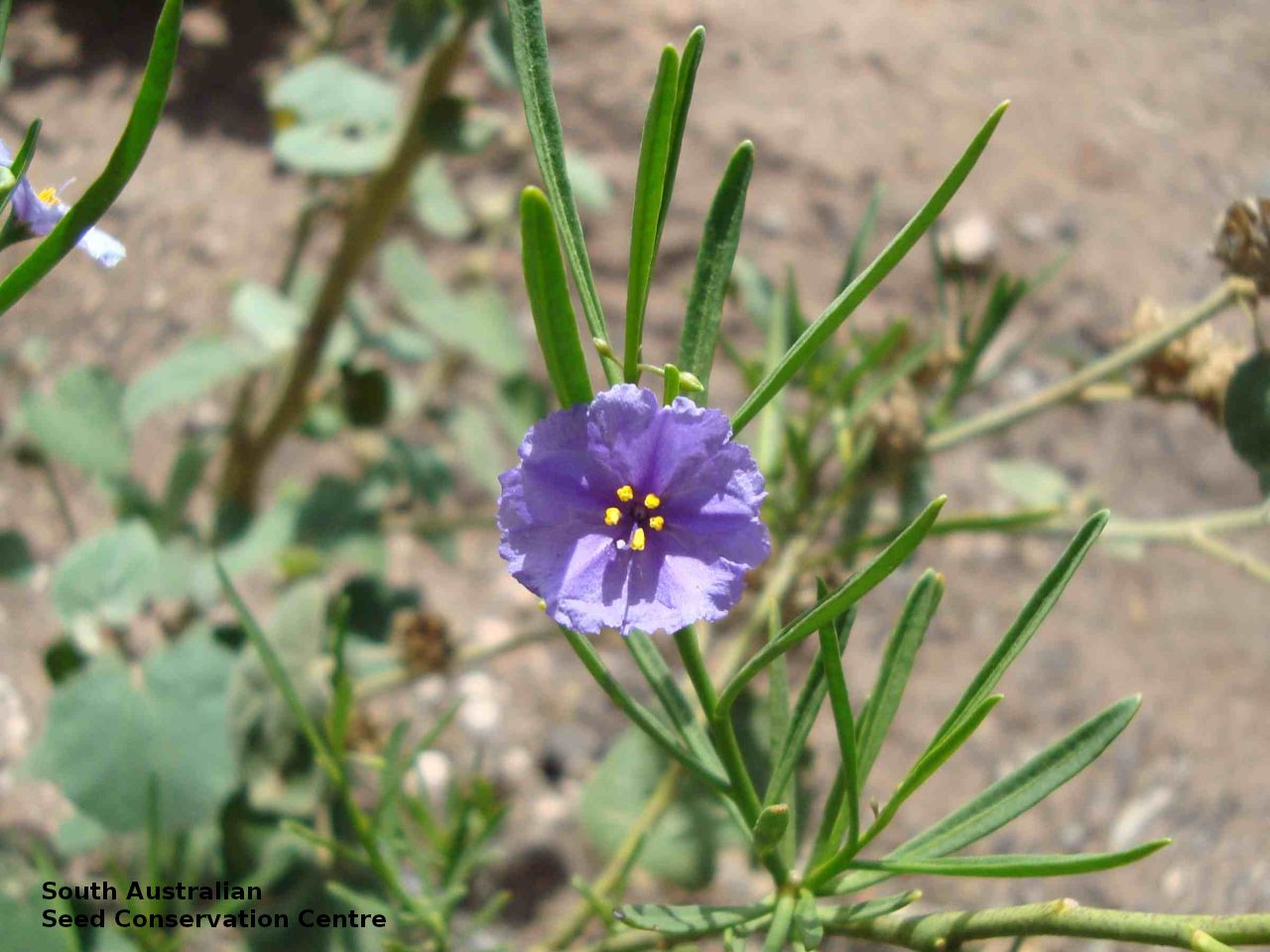


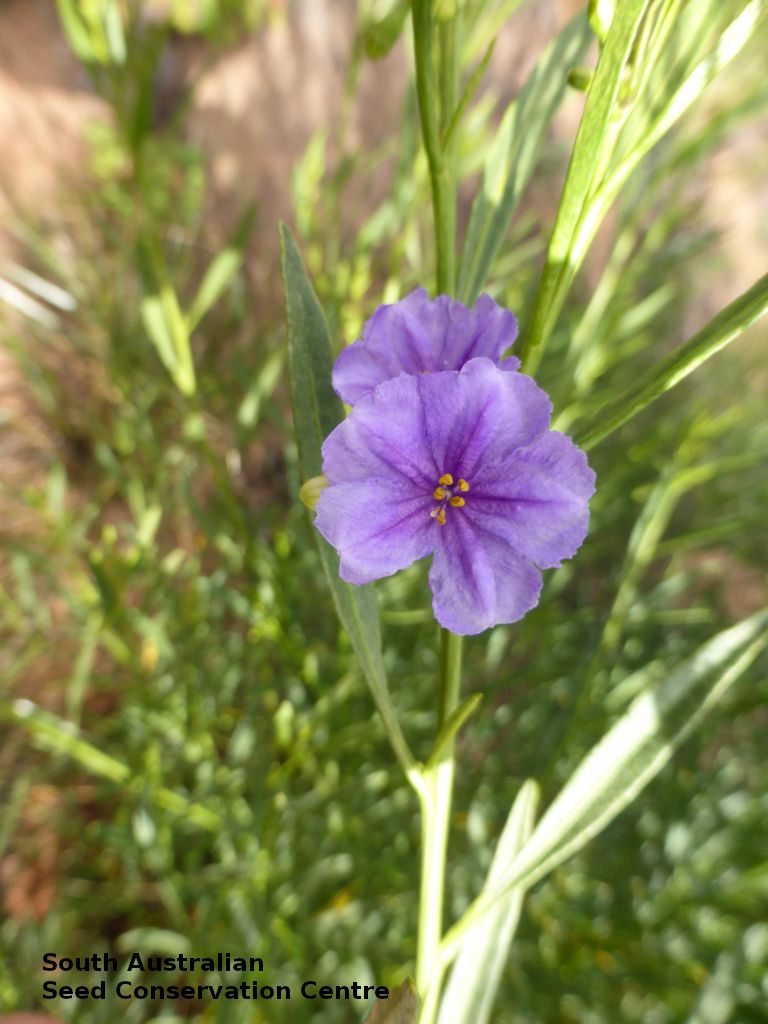
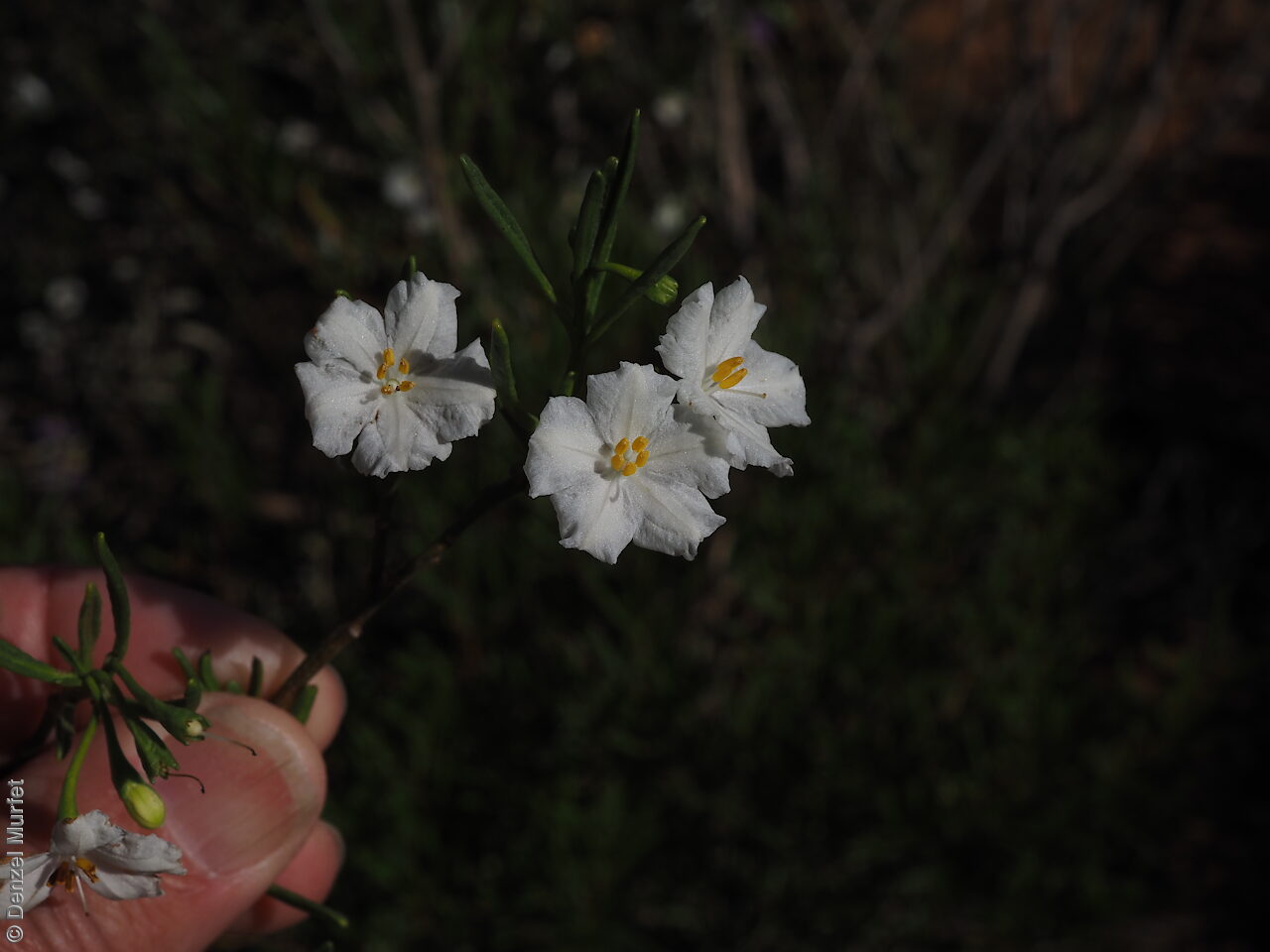
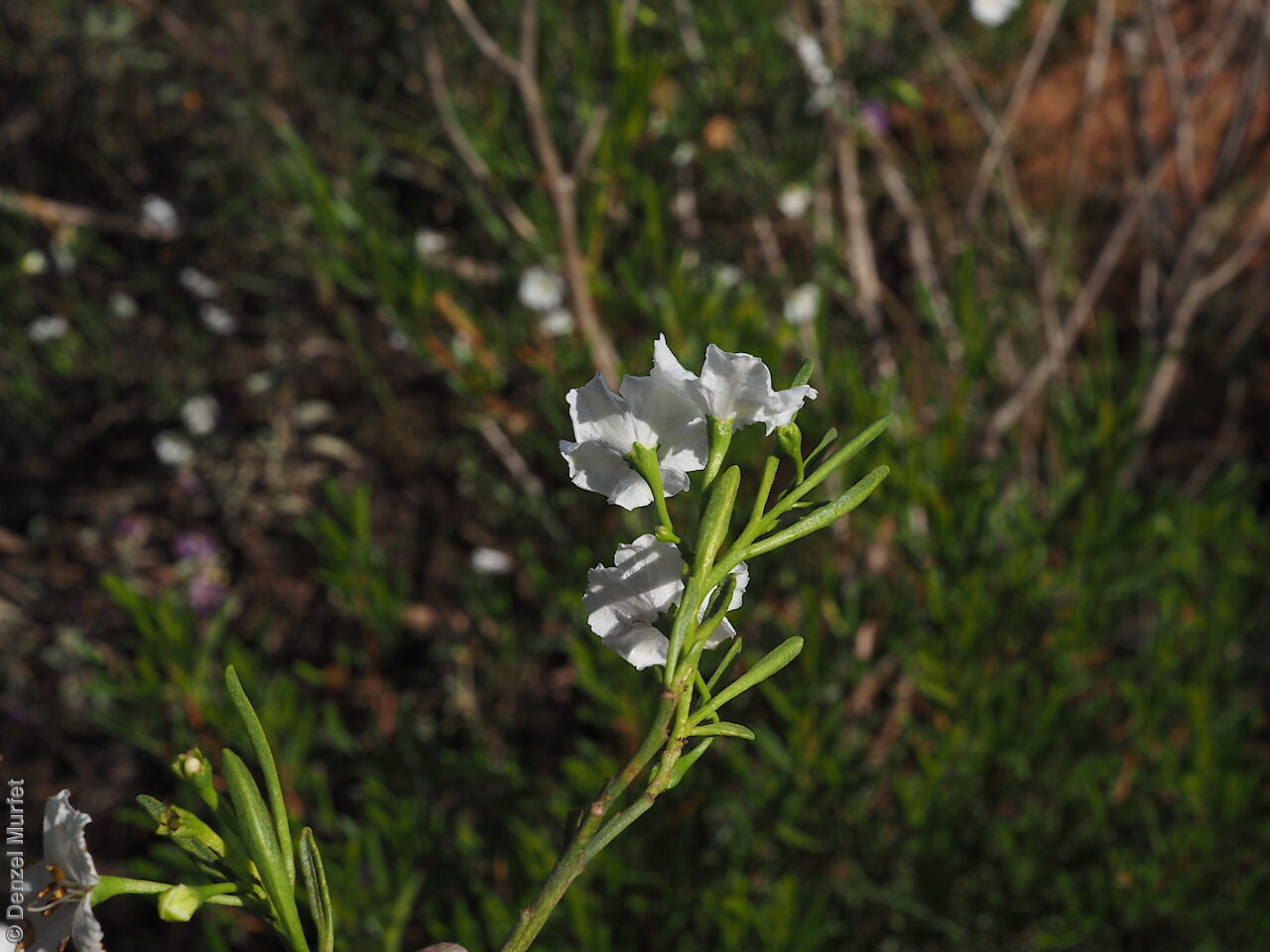

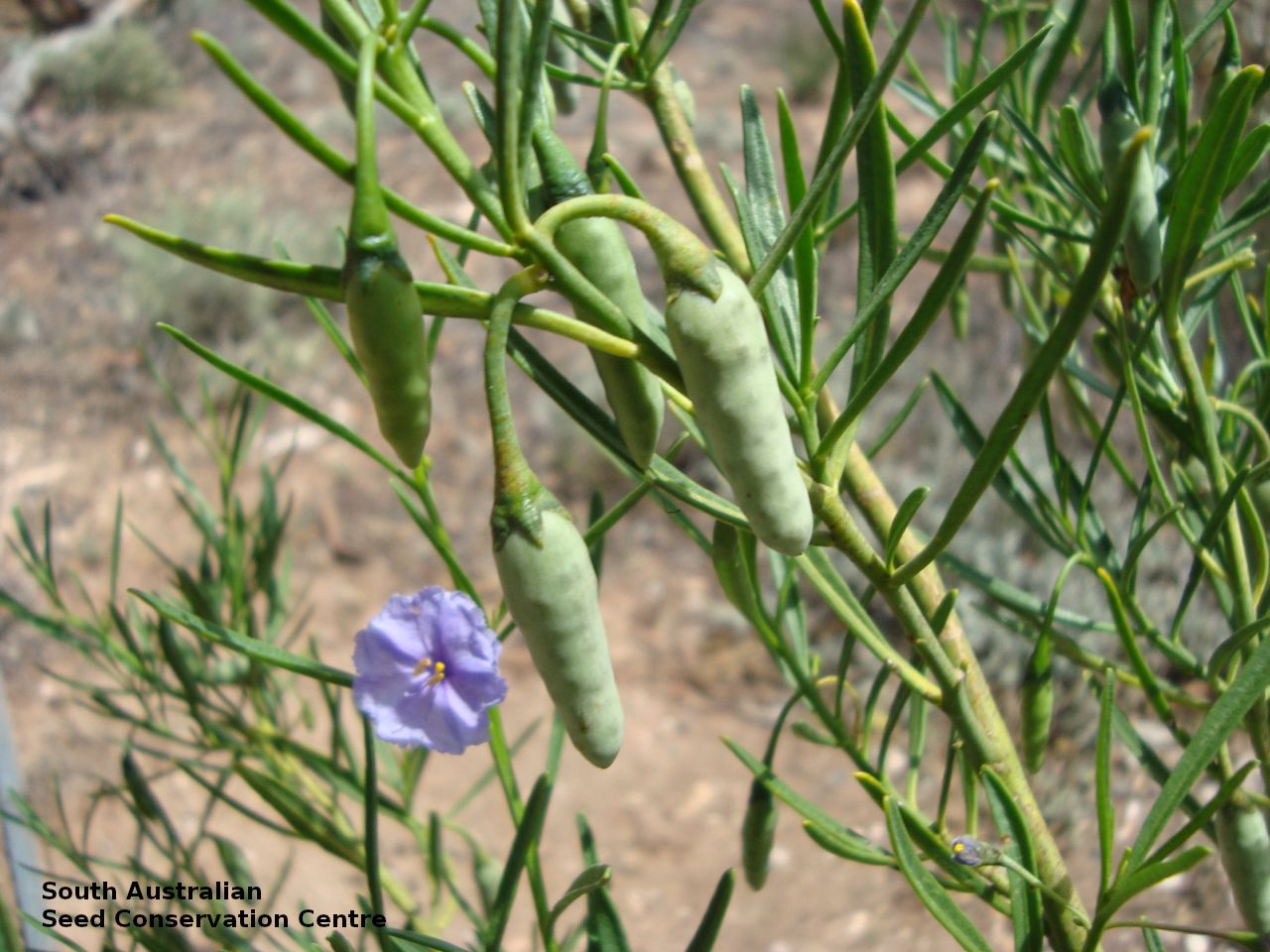
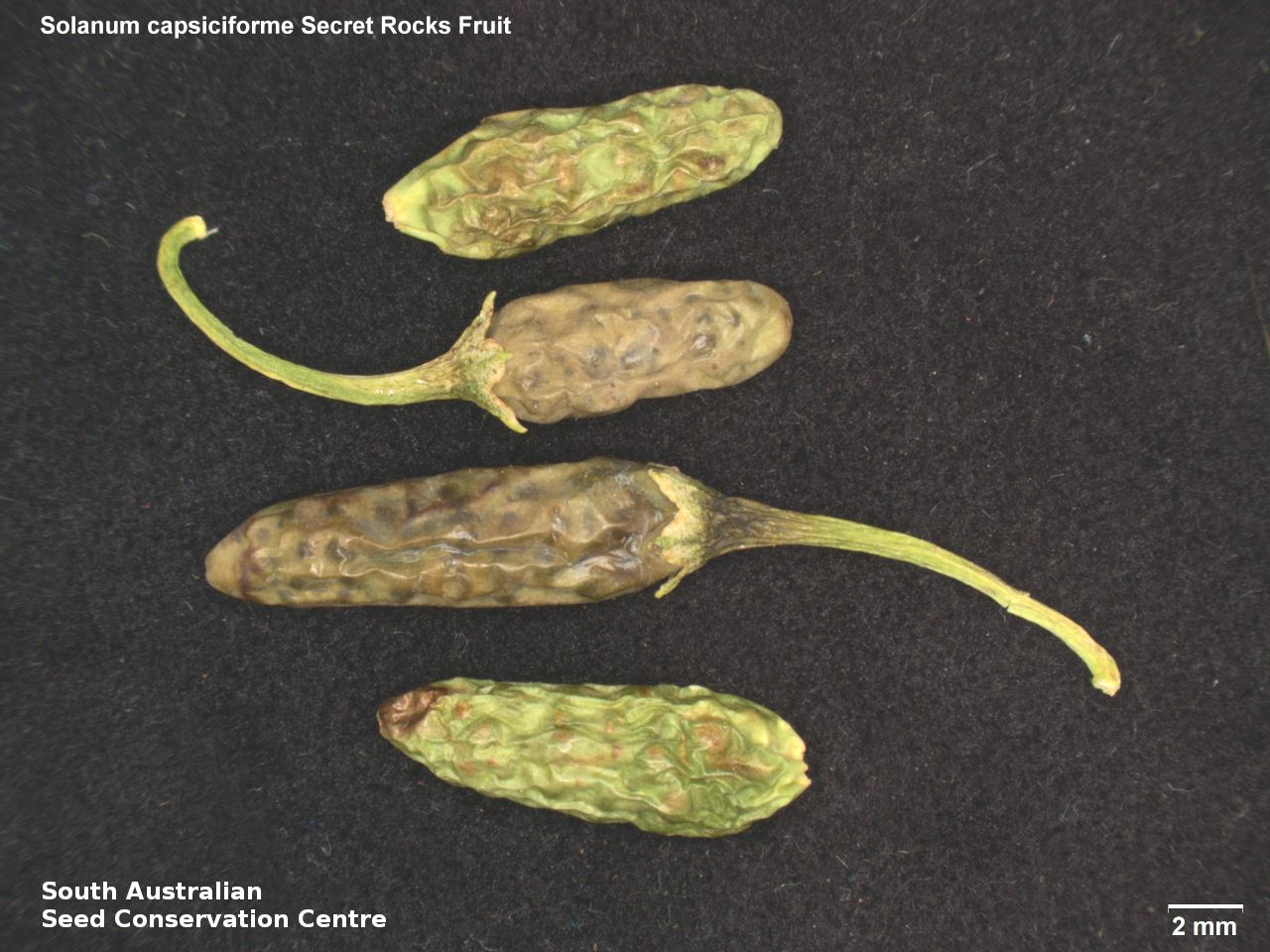
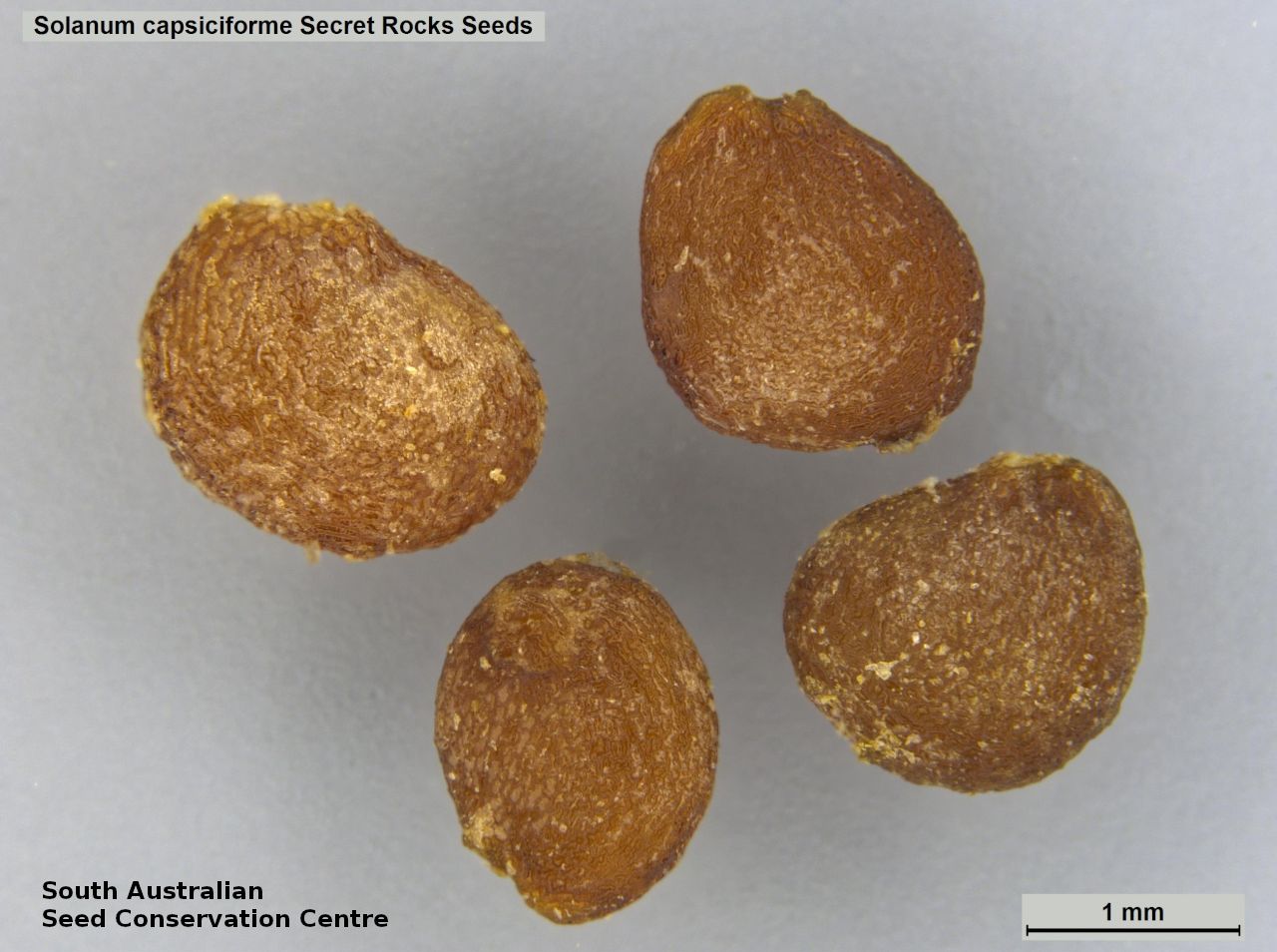

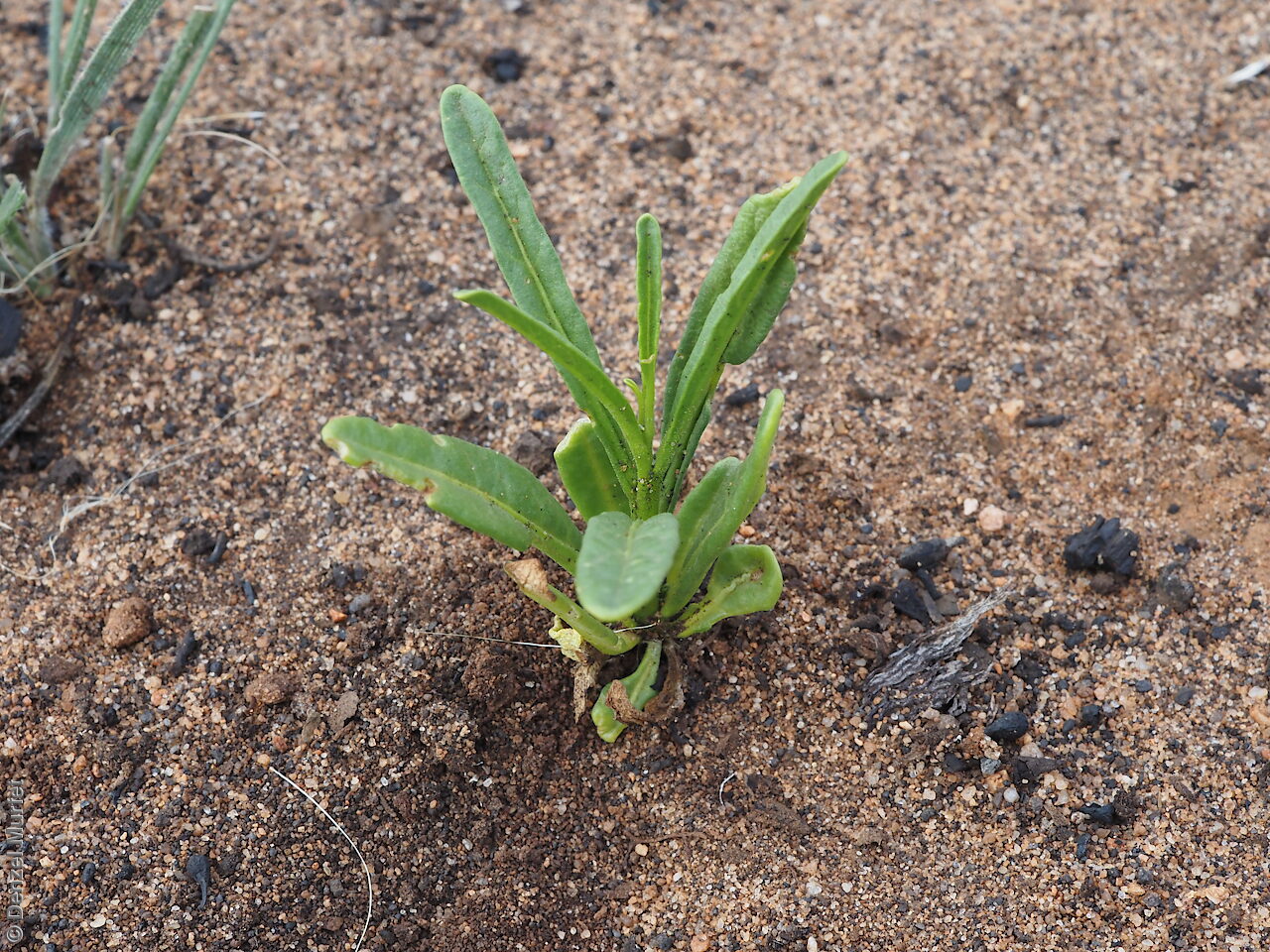

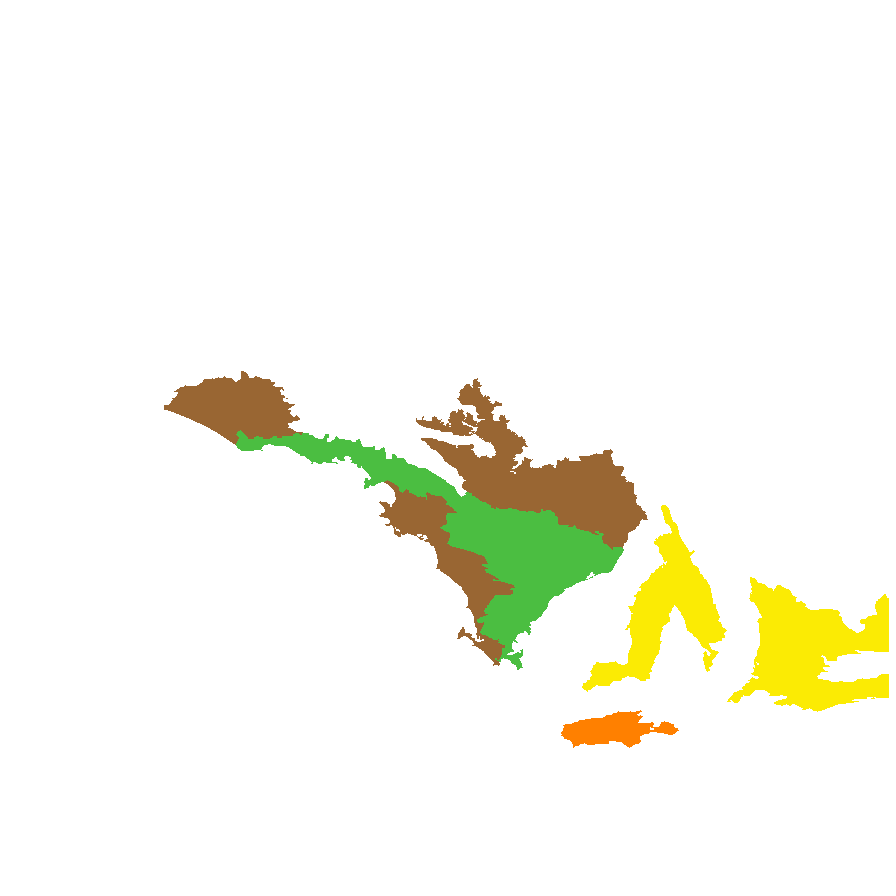
Botanical art
Prior names
Solanum simile var. capsiciforme
Common names
Native Pepper
Capsicum Kangaroo-apple
Etymology
Solanum was first used by Pliny the Elder (23–79) for S. nigrum, also known as strychnos, possibly from the Latin 'sol' meaning sun, referring to its status as a plant of the sun or from the Latin 'solamen' meaning solace, comfort, referring to the narcotic properties of some species. Capsiciforme means shaped like a capsicum, possibly referring to the conical-shaped of the fruit.
Distribution and status
Found on the Eyre Peninsula, Yorke Peninsula and Kangaroo Island in South Australia, growing in disturbed sites on sandy soils or in sand over limestone in open shrub and woodland. Also found in Western Australia. Uncommon in South Australia. Uncommon in Western Australia.
Herbarium regions: Nullarbor, Eyre Peninsula, Northern Lofty, Murray, Yorke Peninsula, Kangaroo Island
NRM regions: Alinytjara Wilurara, Eyre Peninsula, Kangaroo Island, Northern and Yorke, South Australian Murray-Darling Basin
AVH map: SA distribution map (external link)
Plant description
Soft-wooded, short-lived erect shrub to 1 m tall; mostly glabrous. Juvenile leaves oblong-lanceolate to 8 cm long and 2 cm wide with up to 11 lobes. Adult leaves linear-lanceolate to 10 cm long and 1 cm wide; entire.Inflorescence a spike with 1-6 lavender-violet flowers. Flowering mainly between September and November. Fruits are distinctive green conical fruit to 2.5 cm long, with little flesh but well-filled with seeds and stony granules. Seeds are orange-brown flat, round seed to 2 mm long and 1.5 mm wide, with a slightly wrinkled surface. Within the fruit there will be some white hard spherical material. These are not seed. Seed embryo type is linear fully-developed.
Seed collection and propagation
Collect seeds between November and February. Pick fruits which are ripening, green, fat, hard and full of orange-brown seeds. Place the fruits in a tray and leave to dry for two weeks. Then rub the dried material by hand to remove any remaining flesh from the seeds. Use a sieve to remove the unwanted material. Store the seeds with a desiccant such as dried silica beads or dry rice, in an air tight container in a cool and dry place. From one collection, the seed viability was average, at 75%.
| Location | No. of seeds (weight grams) | Number of plants | Date collected | Collection number Collection location | Date stored | % Viability | Storage temperature |
|---|---|---|---|---|---|---|---|
| BGA MSB | 8,600 (11.66 g) 8,600 (11.66 g) | 12 | 23-Jan-2007 | RJB71115 Kangaroo Island | 1-Aug-2007 | 75% | -18°C |
Number of plants: This is the number of plants from which the seeds were collected.
Collection location: The Herbarium of South Australia's region name.
% Viability: Percentage of filled healthy seeds determined by a cut test or x-ray.